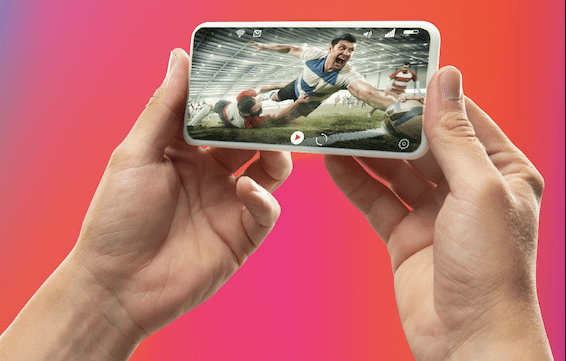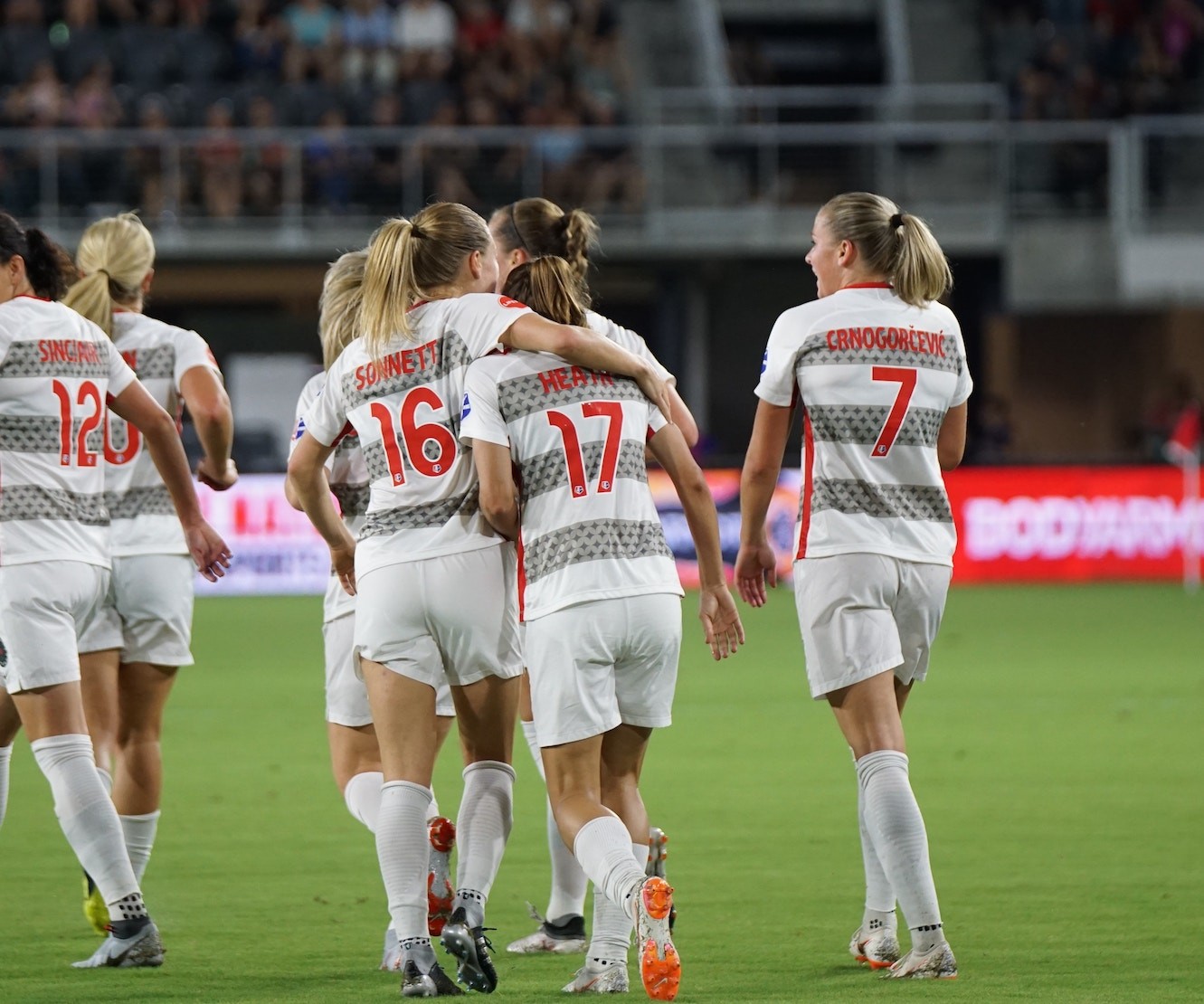Data and insights business, Fifty, has released a women’s football World Cup research report where they identify and define who engaged with the Women’s World Cup and explore how the audience has grown over time. Their findings highlight opportunities for brands, sponsors and rights holders and equip them with the building blocks to understand who the most valuable audiences are and how to best reach them.
Women’s Football World Cup – key takeaways
- Interest in the Women’s World Cup continues to grow – The 2023 Women’s World Cup has seen a 250% increase in engagement since 2014.
- The Women’s World Cup is more popular than any challenger sport in the UK – The Women’s World Cup and Lionesses show 3.9X the level of growth compared to the challenger sports analysed (e.g. LIV Golf, SailGP, Formula E etc.). With a consistent upward trend, each successive event experiences significant surges in interest. This underscores the sport’s capacity to attract and retain new audiences, fostering both rapid and enduring growth.
- There is a positivity around women’s sports that offers immediate opportunity – Women’s football fans are engaging far more positively with their sport than fans of the men’s game. This pattern remains consistent across diverse sports, teams, and events, underscoring a clear potential for brands to nurture communities and create meaningful positive social effects.
- Women make up a large proportion of the Women’s World Cup audience – The Women’s Football World Cup offers the strongest reach into female audiences. Previously we have witnessed women’s sports attracting predominantly male audiences. The Women’s World Cup boasts just over equal gender representation, with women comprising 53% of its audience. Although female viewership does not make up the majority for most female sports tournaments, we do see higher proportions of female viewers than that of their male counterparts, as seen in the WSL.
- This is a diverse audience that cannot be engaged with a one-size-fits-all approach – There are seven key audience groups that engage with the Women’s World Cup, showcasing the wide breadth of people engaging with the event.
- Sports entertainment fans – Embodies the British community avidly engaged in prominent sports events, both domestically and internationally. They find joy in observing and tracking sports events, competitions, and athletes, craving a vibrant social atmosphere and embracing new sporting experiences. Although they lack strong attachments to specific sports, they are enamoured by the excitement and unpredictability of numerous high-profile competitions.
- Professional parents – comprises a group of accomplished parents who actively participate in the realms of politics, news, and business. They demonstrate a keen interest in engaging with politicians, maps, economic media, and business news, showcasing their astuteness in current affairs, both on a domestic and global scale.
- Female football fanbase – a key growing audience within the football community. The female football fanbase is a majority female cohort found to have a clear allegiance to women’s football. The emergence of this core audience is a further indicator of the growth of the sport transcending the stereotype of a predominantly male audience.
Download the Women’s Football World Cup Research Report, here.
Need help navigating women’s football?
If you’re looking for advice from an experienced sports agency, Strive Sponsorship can help. Contact us for sponsorship, commercial, content, media, operations, investment, and communications consultancy services.
Frequently asked questions
Why isn’t women’s football popular?
Whilst this may have once been true, the growth both in participation and fandom is inarguable. As the research in the report above points too, women’s sport has grown and continues to grow at a pace far outstripping some sports played and watched by men.
Is there a women’s Premier League?
The Women’s Super League (WSL), known as the Barclays Women’s Super League for sponsorship reasons, is the highest league of women’s football in England. Established in 2010, it is run by the Football Association. It is the women’s equivalent of the English Premier League in men’s football.
Are there professional women’s football teams UK?
There are twelve fully professional teams in the top division (WSL) of women’s football. There are another twelve teams in The Women’s Championship (the second-highest division of women’s football in England), most of which are fully professional and some of which are semi-professional.














